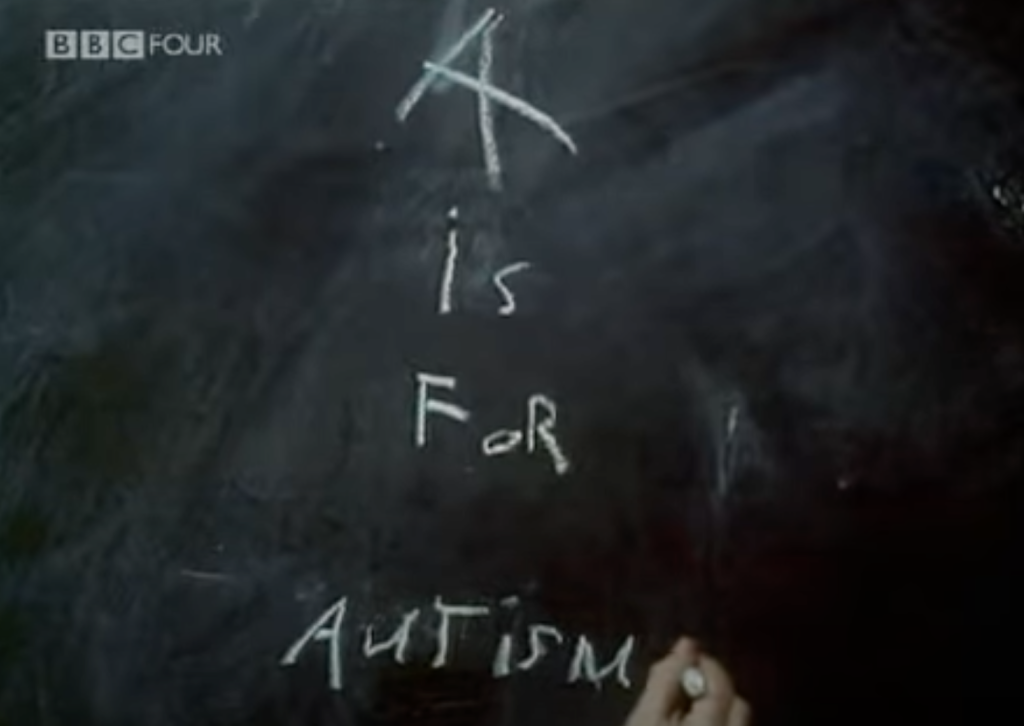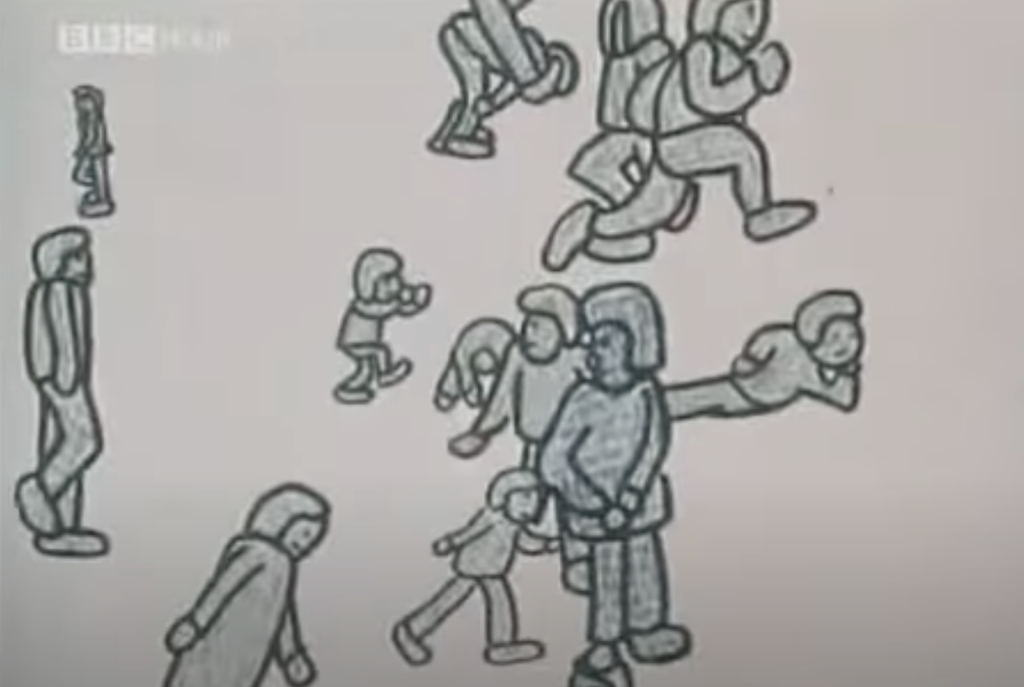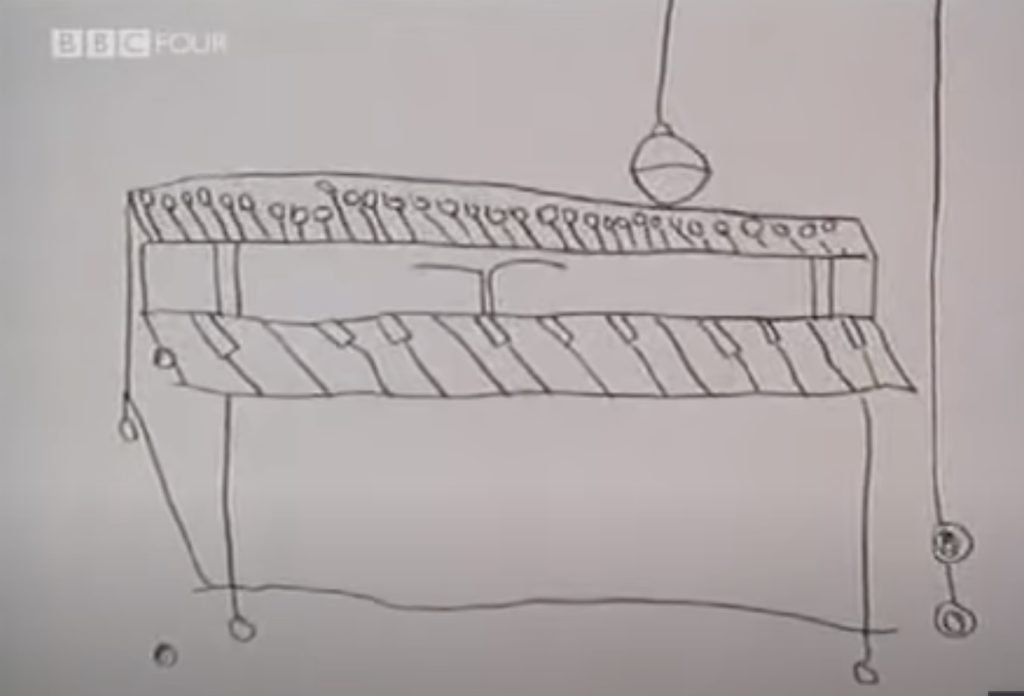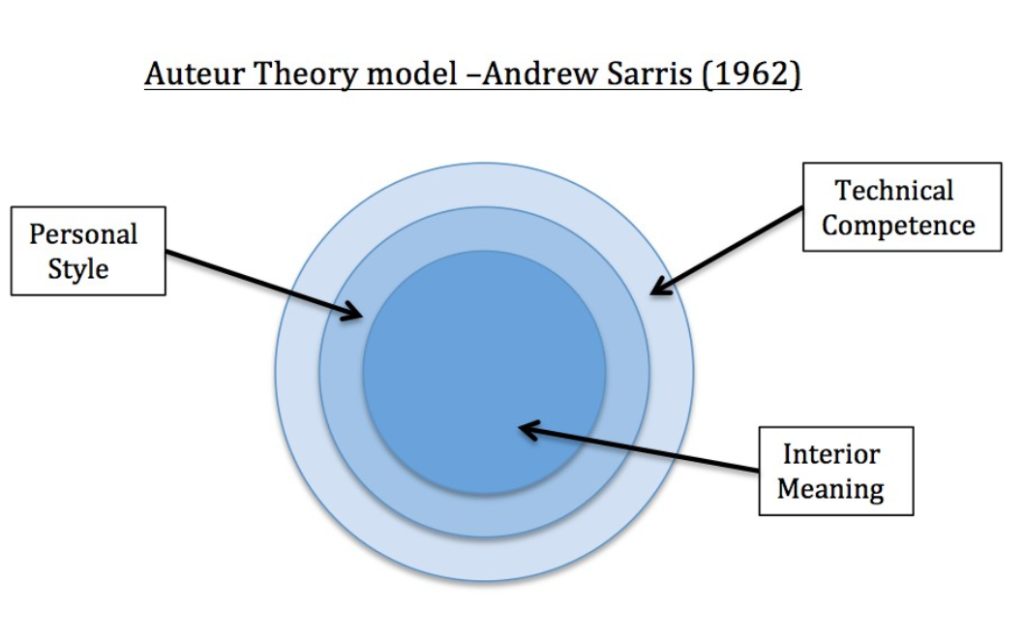Week5
-> 2023 01 Nov.
Political and Social Comment in Film and Animation
We can have an impact or convince audiences in the following domains:
- Social media
- Broadcast News and events
- Film and Animation
- Television
How messages in moving images are used?
- Hidden or disguised content
- Explicit / Propaganda-driven motives
- Influential / Commercial objectives
- Documentary / Inquiry-focused
- Independent / Personal challenge, observation, or experience
How do politics shape what is being made in media?
- Documentary film
- Cinema
- Television
- Games
- Advertising
In simple terms, we can influence people in places like social media, news, films, and TV. The way messages are shown in videos matters, whether they’re hidden, direct, commercial, documentary, or personal. Also, politics plays a role in shaping what we see in media, like documentaries, movies, TV shows, games, and ads.
https://scholar.google.co.uk/scholar?q=gender+politics+in+film&hl=en&as_sdt=0&as_vis=1&oi=scholart
In a cool collaboration between Ctrl.Alt.Shift Unmasks Corruption and Onedotzero put together a bunch of moving images, like animations and old stuff, all about politics and comic-style art. One standout is a film made by Jerry Levitan, who, when he was just 14, sneaked into John Lennon’s hotel room and convinced him to do an interview. Now, 38 years later, Jerry turned that interview into a film using animations by director Josh Raskin, making Lennon’s words come alive in a unique way.
In this case, it shows a good example of documentary and politics in animation.
Before Mickey and Daffy, cartoons were more than just for kids; they taught skills and life lessons and even did some advertising and political talk. In the “Cartoons that Shook the World” program, Tina Chancey and Steve Bloom from HESPERUS play music for old cartoons from 1908-1926. It’s a cool example of how cartoons back then were like documentaries, showing real-life stuff, and also how they did politics, using humor to talk about important things.
People with autism tell their stories using their words and pictures in A is for Autism. I think this amazing animated mix of drawings, real-life scenes, and voices gives a look into different sides and types of autism.
This film uses drawings and animations made by people with autism, and it’s amazing because of the beautiful and haunting images it shows. It gives us a little peek into how people with autism see the world without any fake or overly emotional stuff. It’s not just medically accurate but also a treat for anyone who loves movies because it captures a unique and powerful perspective.





–
Capitalism and the ‘Animated Image’: Politics of Morphing on the ‘Culture’ of Animation
In the early days of animated movies, the images were not realistic and were influenced by class conflicts. The way these animations were made involved both exploited workers and suppressed emotions. The conflict between different classes showed up in the animations, causing a change in how they were made.
This story is about an empire where a British bulldog starts by playing innocently with a ball representing the world. As the game gets more intense, the dog becomes a harsh ruler, harming women and children. Eventually, the dog turns from a tough bulldog into a weak lap dog as the empire grows.
This film serves as a compelling example of a documentary by creatively using symbolism to narrate the history of the empire. Through the metaphor of a British bulldog playing with the world as a ball, it effectively captures the innocence turning into aggression and the consequences of colonial rule. The visual storytelling not only conveys historical events but also provokes thought on the impact of imperialism.
In my opinion, it demonstrates the power of documentaries to communicate complex historical narratives in an engaging and thought-provoking manner.
And I love how the hand-drawing dogs move so flexibly and cute!

Week4
The Auteur and Animation
-> 2023 25 Oct.
| Activities – Evidence an understanding of the theoretical discourse surrounding the legitimacy of animated documentaries and identify critical authorities on the topic. – Research and present an argument for an animated work you consider tackle any issues of equality, diversity, or social injustice (150-200 words) |
| – The discussion about whether animated documentaries are legit is getting attention in schools. Smart people like Paul Wells, Donald Crafton, Paul Ward, Bill Nichols, Michael Renov, and Brian Winston are talking about it. With technology getting better, we’re wondering if animated documentaries can really show real stuff. Studying them is important because it gives us a new way to look at documentaries. This debate is not simple. It involves thinking about what movies are, what documentaries are, and what animation is. It’s not just about one thing; it’s about the nature of films, documentaries, and animation itself. – Animation has been a powerful medium for addressing social justice issues. One notable example is the film “Zootopia,” which explores themes of prejudice, stereotypes, and acceptance through its anthropomorphic animal characters. The movie serves as an allegory for real-world social dynamics, making it accessible for discussing topics like racism and bias, particularly with younger audiences. Additionally, the animated series “Static Shock” delves into issues of economic class, race, inner-city struggle, violence, and gun reform, offering a fresh perspective on these social justice topics. These examples demonstrate how animation can effectively tackle issues of equality, diversity, and social injustice, providing a platform for meaningful conversations and raising awareness among viewers. |

https://greatergood.berkeley.edu/article/item/three_lessons_from_zootopia_to_discuss_with_kids
“Zootopia” effectively addresses prejudice and bias for children as young as five. The film’s engaging narrative imparts valuable lessons on the harmful effects of stereotypes and the unfairness of prejudice. Through relatable characters, it prompts discussions on personal experiences of exclusion and the importance of treating everyone fairly.
The movie also encourages conversations about fighting prejudice and the possibility of people changing. It introduces the concept of allyship, showcasing characters who, despite conflicts, work together to overcome bias. By exploring these themes with children, adults can foster empathy, highlight discriminatory behavior, and emphasize the significance of collaboration for a fair and just society.
In my opinion, “Zootopia” provides a powerful platform for constructive discussions, promoting awareness and instilling positive social values in young viewers.

-> 2023 25 Oct.
The Auteur and Animation
There are many perspectives on how auteur animation is a kind of animation and how to define an auteur animator.
Andrew Sarris: Notes on the Auteur Theory in 1962

How the auteur theory differs:
- The assumption is that the director is the author that gives a film its distinctive character.
- Sets out 3 criteria for auteurism
- The director’s responsibility is to be a technician, a stylist, and an auteur.
- Directors may not consistently adhere to established forms.
- Critics should avoid assuming that a director’s past performance guarantees future success or failure.
- The quality of films is influenced by elements such as photography, editing, and acting, not solely dependent on the director.
- Sarris hints that a film without apparent directorial influence challenges critics in their assessment, especially when dealing with what he terms a “nonexistent” direction.
- The third criterion for auteur theory is the interior meaning of the film, “the ultimate glory of the cinema as an art.”
–
Pauline Kael: Circles and Squares
- Challenges Sarris’ auteur theory.
- Contends that auteur theory praises directors who rely on uninspired and evident techniques.
- Objects to the tone of Sarris’ regarding the significance of auteur theory in analyzing a director’s work as a cohesive entity.
- Kael emphasizes that while the ongoing enhancement of technical skills is vital, it shouldn’t be the sole criterion for evaluating an artist’s work.
- Kael believes a critic’s primary role is to identify the original and vital aspects of new works, helping others to see them.
–
Paul Wells
- The concept of authorship becomes complex in animation.
- Animation complicates the issue of authorship as it mirrors the terms and conditions of large-scale industrial film production processes. Yet, it also allows a filmmaker to operate almost entirely alone.
- An individual explicating a film’s artistic and thematic intentions contributes to an evolving narrative about the filmmaker’s vision across works.
-> The auteur may be understood as:
- Initiates and executes core themes, techniques, and expressive agendas.
- Central figure around whom essential enunciative techniques and meanings gather.
- Provides organizational principles for engaging textual practices and spectator positions.
–
Can Disney be considered to be an auteur?
- According to Paul Wells, Walt Disney is seen as a pivotal pioneer in establishing animation’s art, commerce, and industry. Even strong supporters have found defining Disney’s mode of authorship challenging. Disney is a valuable case study in exploring how ‘authorship’ in animation can be assessed.
- Wells says Disney could be seen as a creative ‘author’ who sparked unique forms, not someone who stifled the real spontaneous vibe of animated art.
The Auteur and Animation
Can you make a case for Pixar as an auteur? Why do you think they privilege or name individual directors?
- Following Andrew Sarris’ Auteur theory, individuals who attain interior meaning, develop a personal style, and showcase technical competence can be considered auteurs. Despite Pixar animation’s widespread popularity and distinct art styles, I believe the overall identity of the auteur is comparable to other non-animated films.
